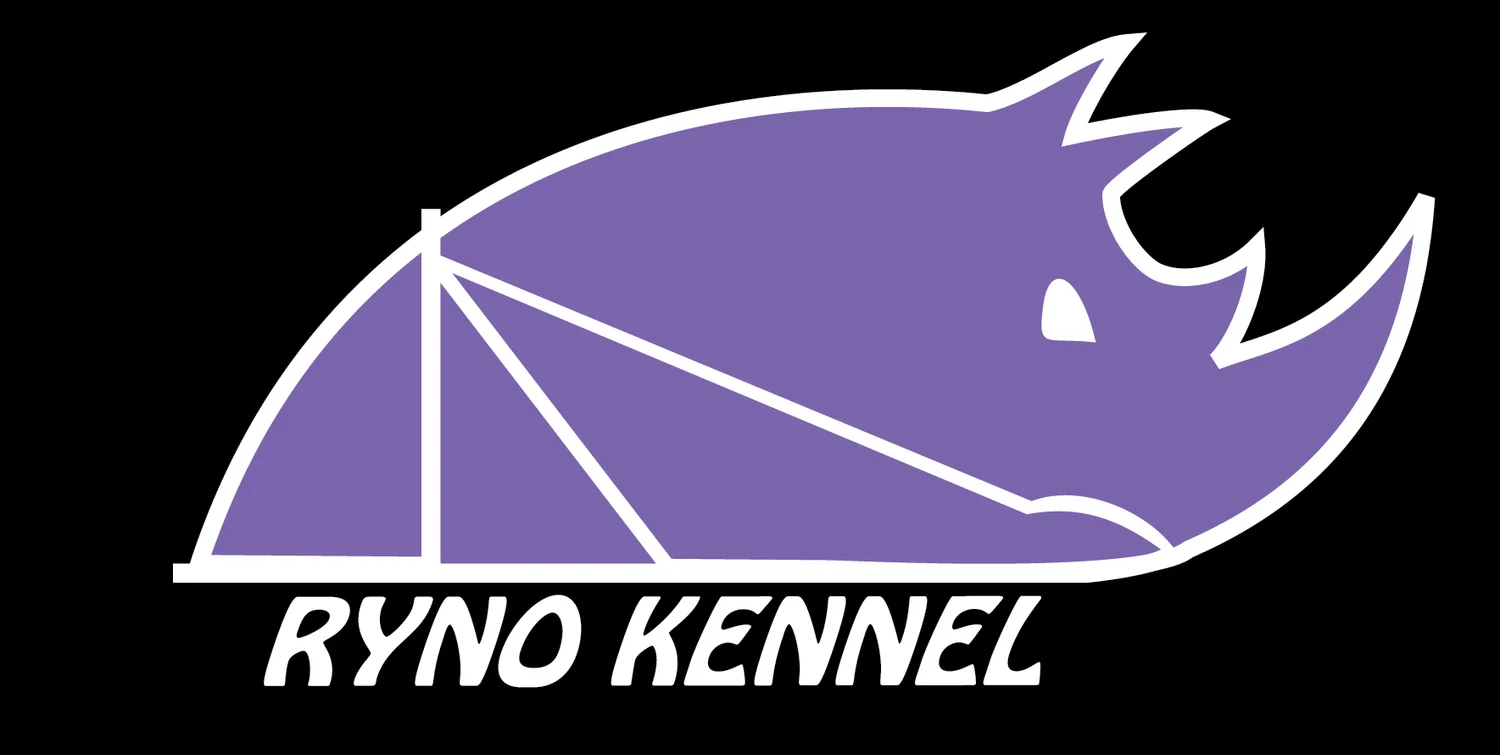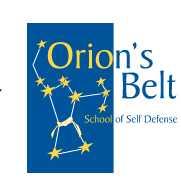Christmas Eve Campout by Mandy
/Any adventure with Ryne and the dogs is a great time—leaving under the auroras and spotting moose within the first hour are just bonuses!
Our day begins with me hooking up a little bit before Ryne. You might not know this about her, but she’s incredible and much faster at dog booting than me so I need the head start to keep pace. It also lets me sneak hellos/pets to the nearby dogs that aren’t on my team! All said and done, we mush out of the yard together at 7:05 am.
The first time I did the Angel Creek trail, I didn’t have enough snacks and became Hangry. I made sure that wouldn’t happen this time around and came well prepared: dark covered espresso beans, cliff bars, fig newtons, crackers and pretzels, two possible lunch options, and a large thermos of honey black tea. So tasty!
For away camp outs, a lot comes with us. Dogs need straw to sleep on, meat snacks, the cooker pot with an insulated bucket and kibble for their meal, and extra booties. We have gear backups and the usual essentials. Everything packs into the sled—which will be lighter on the return leg after the camp out break.
The sky is breathtaking and comes alive with color. It’s like being inside a robin’s egg; the blue only broken up by the pink poking through the mom’s wings draped over the shell. The temperature is lovely and the team looks great.
We’re approaching over 45 miles when our trail ends in a tight turnaround of deep snow. Ryne’s team of 12 dogs is almost out of the turn around with my lead dogs half-way touching her sled runners. Her lead dogs are not even two leaps from touching my own sled runners! It takes careful maneuvering of the gang lines and dogs but we make it... and stop right out of it for our camp out break of four hours.
Snow begins to melt in the cooker pot while dog booties come off, straw down, and neck lines are unclipped. The more experienced dogs settle quickly while the newer ones flirt with their running mate or mark every snow spot within reach. Some eat moose poop too! Oops. Once the dogs have their soup meal of kibble, meat, and warm water, we work on our own camp fire.
We trade snacks and swap stories. The warmth feels amazing and the smoke made me cry a few times. Our topics range all over the place while our eyes peek at the sleeping dogs throughout it. Camping with someone definitely makes the time go by quicker and soon(ish) we’re on our way again.
The sun set during our camp out and once the extended dusk passes, headlamps click on. It’s the same path back and a smooth run overall. I love that even after a full day of mushing (it’s after 9 pm now!) we still pull into the dog yard with wagging tails and smiling faces. It’s a special way to spend Christmas Eve! And one of my favorite memories of the season.























